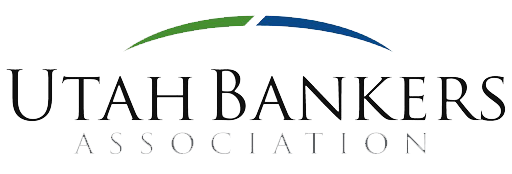Learning & Development Trends for 2023: What You Should Know
eLearning is the future of training and development. The pandemic paved the way for the creation of technologies that continually refine and redefine how we learn. The digitization of learning not only brings convenience but also offers ways for organizations to harvest crucial insights that inform learning strategy. eLearning can provide equal access and learner customization that addresses the need of every learner.
Virtual Training
Virtual learning refers to an environment where students study a digital-based curriculum taught by instructors that lecture online via video or audio. This instruction can occur either in a self-paced, on-demand environment or a real-time instructor-led environment. Within the realm of virtual learning, virtual reality (VR) and augmented reality (AR) are immersive technologies that enable users to experience digitally rendered content in both physical and virtual spaces.
Highlights and benefits:
- Remote work setup will increase the demand for ways to provide virtual training.
- Virtual Reality (VR) is set to revolutionize corporate learning.
- Virtual training has the potential to close the skills gap in organizations.
Microlearning
Microlearning is educational content focused on a single learning objective delivered in a short modular format (often 5-10 minutes long). This content is typically designed as digital media to meet a specific learning outcome.
Highlights and benefits:
- In the corporate sector, learners prefer microlearning over other training methods.
- The on-demand design of microlearning improves employee engagement.
- The focused and targeted design of microlearning increases comprehension rates.
Planned Learning Journeys
A planned learning journey is a strategic employee development approach anchored on business strategy. It incorporates multiple formal and informal development components that take place over time. Most organizations design a learning journey for employees in leadership positions. The main objective is to optimize training investment and maximize learning stickiness (when knowledge stays with us forever) to transform behavior.
Highlights and benefits:
- 91% of HR professionals find the planned learning journey approach more effective in employee development.
- Using AI, planned learning journeys deliver customized learning experiences.
- Planned learning journeys optimize training investment and maximize learning stickiness.
Smart Content Curation and Adaptive Learning
Smart content curation is the act of continually identifying, selecting, and sharing the best and most relevant online information in a timely manner. Aside from smart content curation, another eLearning trend related to content curation is Adaptive learning. This is a technique for providing personalized learning, which aims to provide efficient, effective, and customized learning paths to engage each student. Adaptive learning systems use a data-driven approach to adjust the path and pace of learning, enabling the delivery of personalized learning at scale.
Highlights and benefits:
- Smart content curation filters irrelevant information and provides targeted learning content.
- AI assists smart content curation in making learning more effective by collecting and filtering relevant information as needed by the learner.
- Smart content creation complements social learning through sharing of well-curated content.
- Adaptive learning will benefit learners by ensuring efficient and effective learning.
- The data-driven approach of adaptive learning addresses unique learner needs.
- Adaptive learning designs and monitors both progression of learning and method of delivery, making it an effective eLearning tool.
Accessible learning
Employees with physical limitations require assistive technologies to effectively work and train remotely.
The demand for accessible learning programs is a significant eLearning trend. There is an urgent need for platforms and content formats optimized to meet the needs of employees that rely on assistive technologies.
Highlights and benefits:
- Tools that promote inclusive learning will be at the forefront of eLearning.
- Technology that will address accessibility issues will be in high demand to engage all types of learners.
- Tools that will engage learners with disabilities will address the demand for accessible learning programs.
Social Learning
When learners are placed in an environment with other learners, they can observe the behavior of others and model the behavior if it is aligned with the outcomes that learners value. This occurs within gamification leaderboards, direct message functions, forum discussions, and comment boxes. Consequently, this integrated environment paves the way for forming shared values.
Highlights and benefits:
- Social learning occurs each time interaction takes place, making it an effective tool for forming
shared values. - Collaboration in the workplace facilitates social learning.
- Social learning can be a very useful tool in promoting desired organizational outcomes.
- Social learning occurs each time interaction takes place, making it an effective tool for forming
UBA and our training partners are constantly striving to meet the eLearning needs and expectations of Utah bankers.










